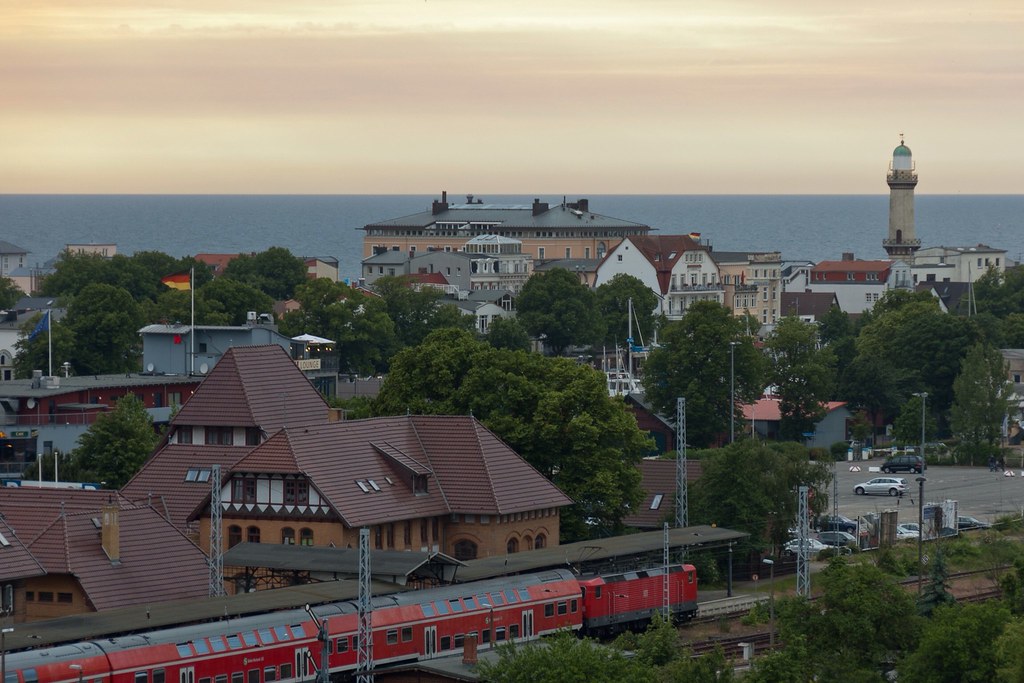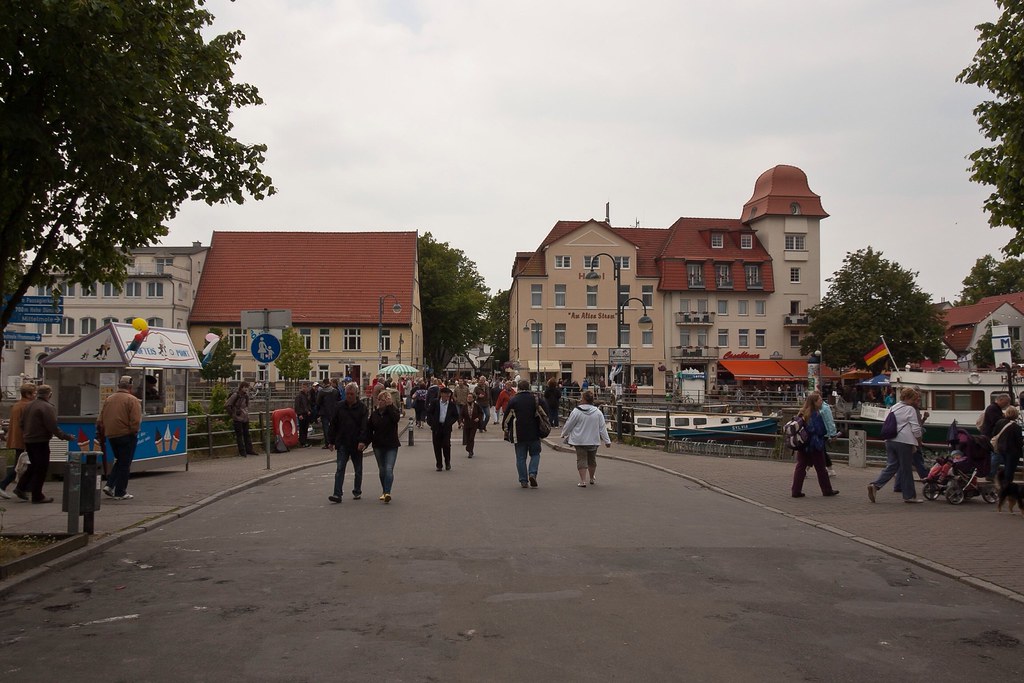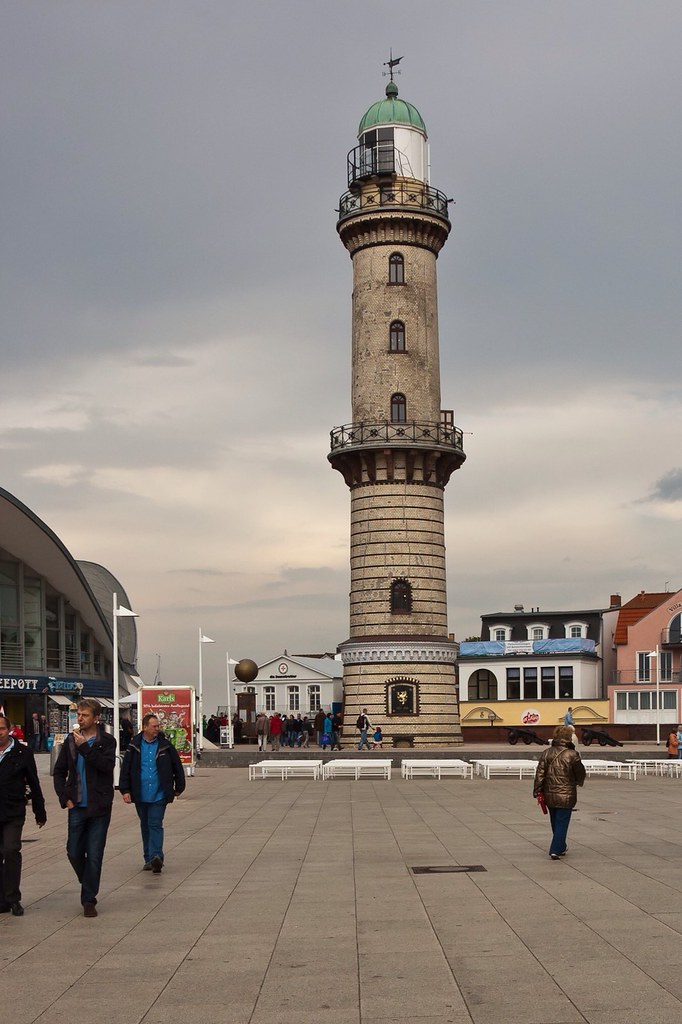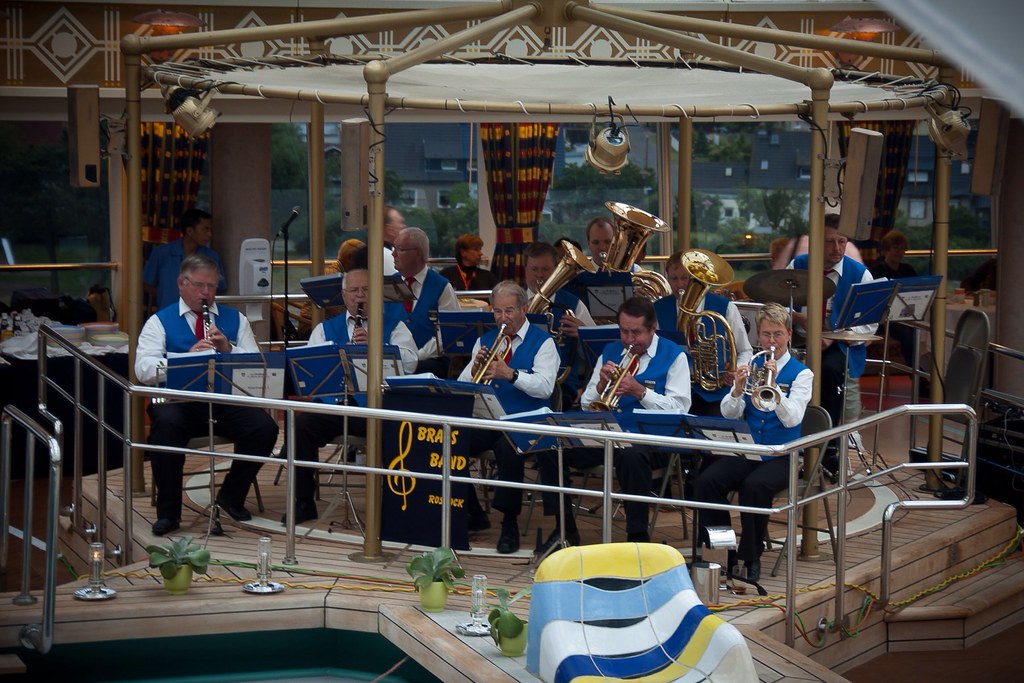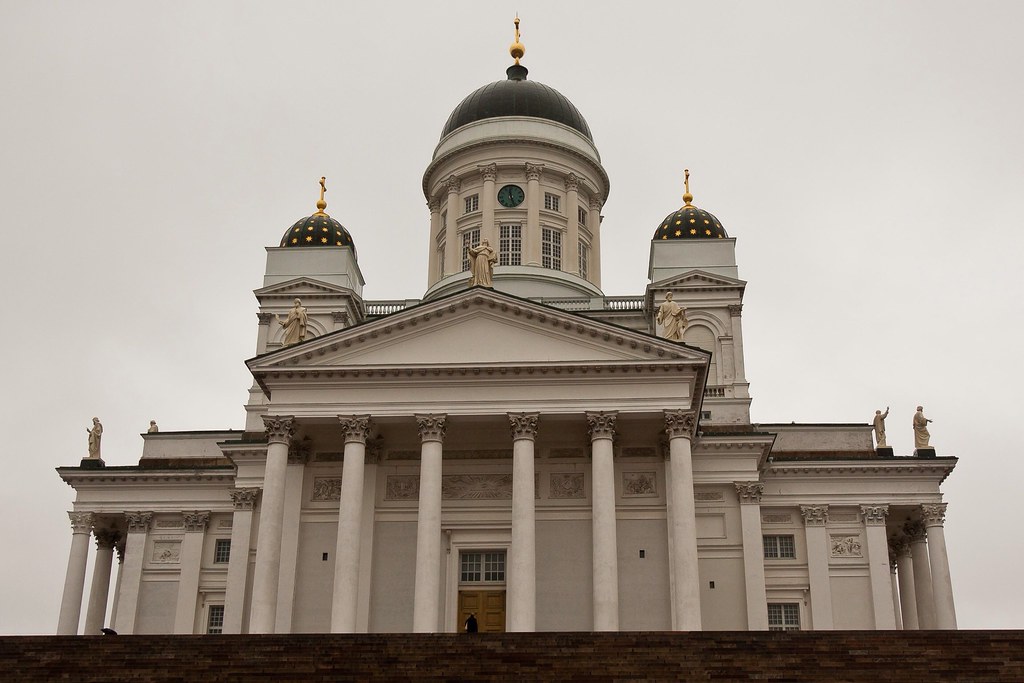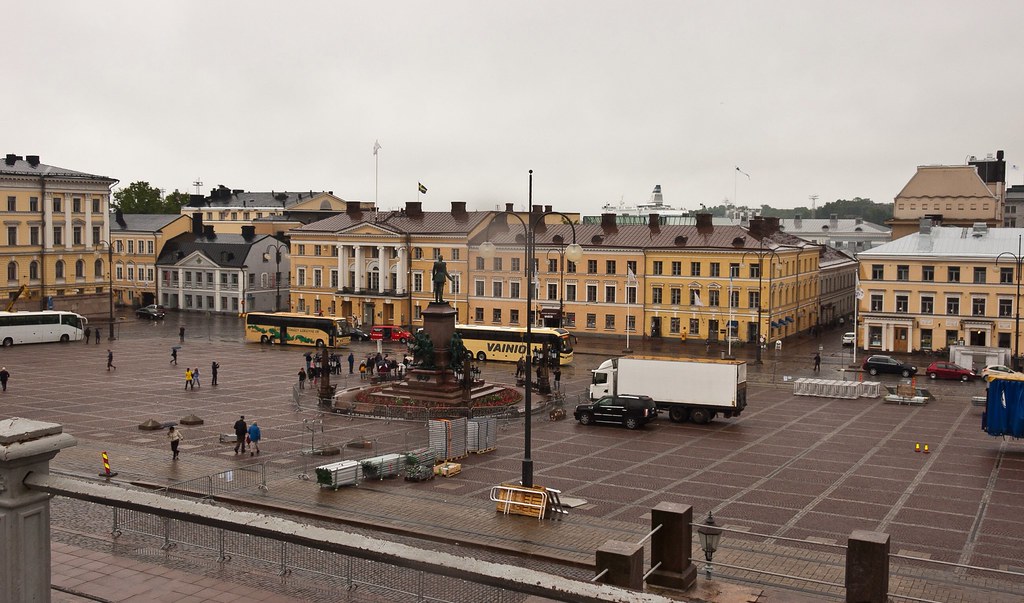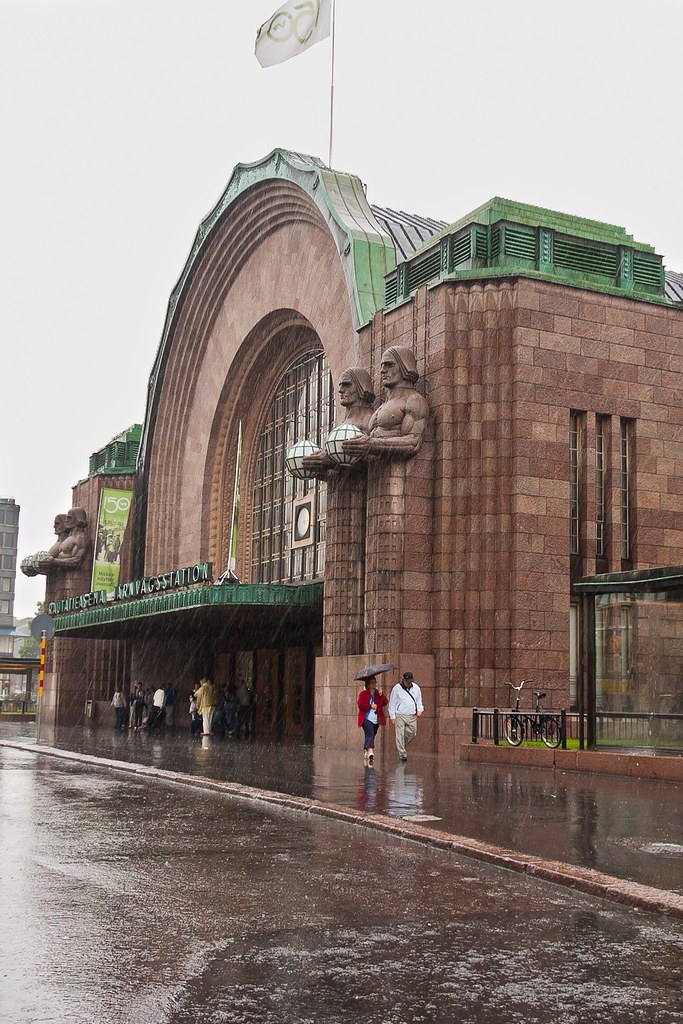
Above: The village of Ulvik, as viewed from our ship.
Ulvik is a charming little village, located at the end of the Ulvik fjord, a side arm of the Hardangerfjord. Named after a farm, the village is visited by numerous cruise ships in the summer.
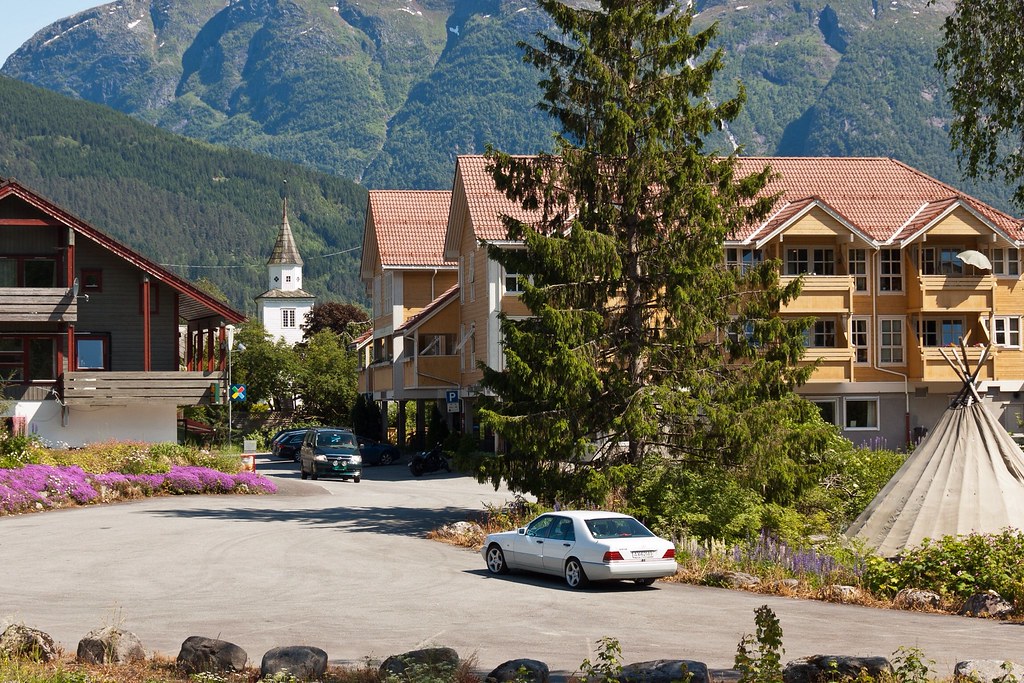
Above: The village centre.
Ulvik has a population of about 700 people, with more living in farms that surround the village and fjord. The centre of the village, Brakanes, has a cinema as well as a few shops.
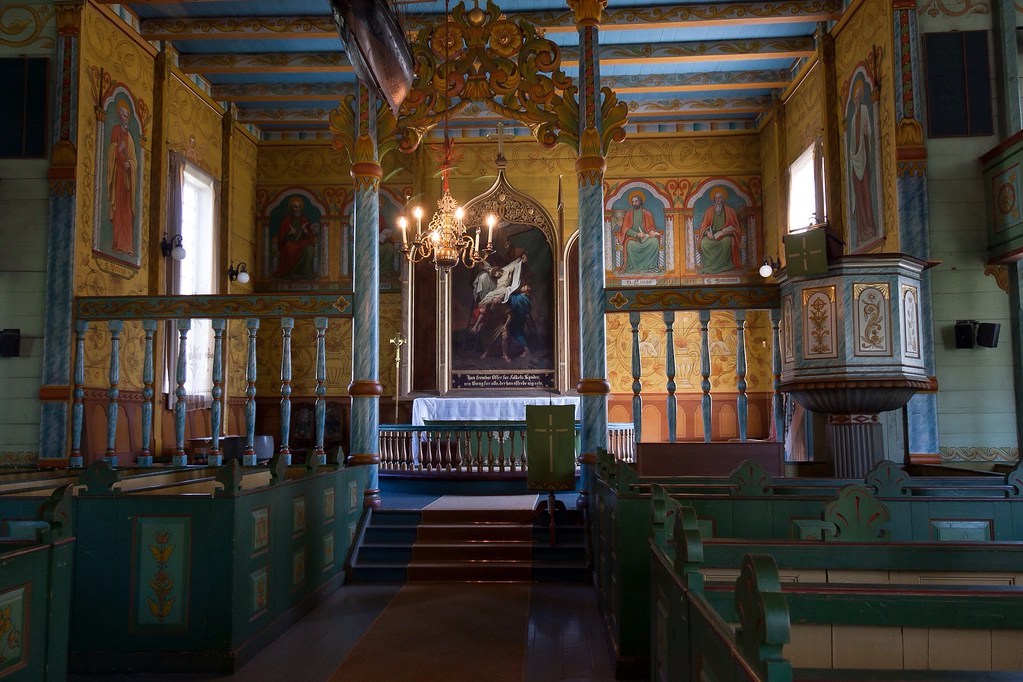
Above: Inside the village church, built in 1859.
The village of Ulvik was nearly totally destroyed on 25 April 1940, during the German invasion of Norway, when fighting erupted between a German landing party arriving in boats, and a Norwegian force on land. Most of the village was burned down, and three civilians were killed. An unknown number of German soldiers were also killed in the fighting.
We visited Ulvik twice, but I only got off the second time. It was a glorious day, and I had a few hours to go hiking so I set off in search of a mountain lake, armed with a map!
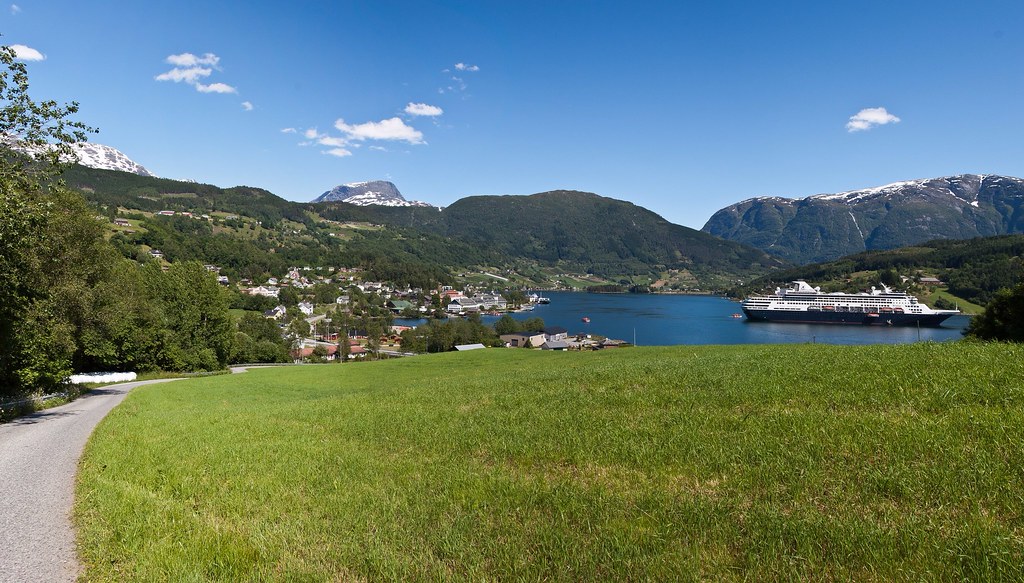
Above: Looking back at the village and the Ryndam at the start of my hike.
On my walk, I passed many farms and settlements located in the hills and mountains surrounding the village. It must be a lonely and hard existence, especially in winter, but also a very peaceful one!

Above: One of the mountain farms I passed by.
The lake I was headed to was called Frystetjørn but even with a map, I managed to get lost a couple of times! Wandering through the wilderness without a path in sight was a little disconcerting.
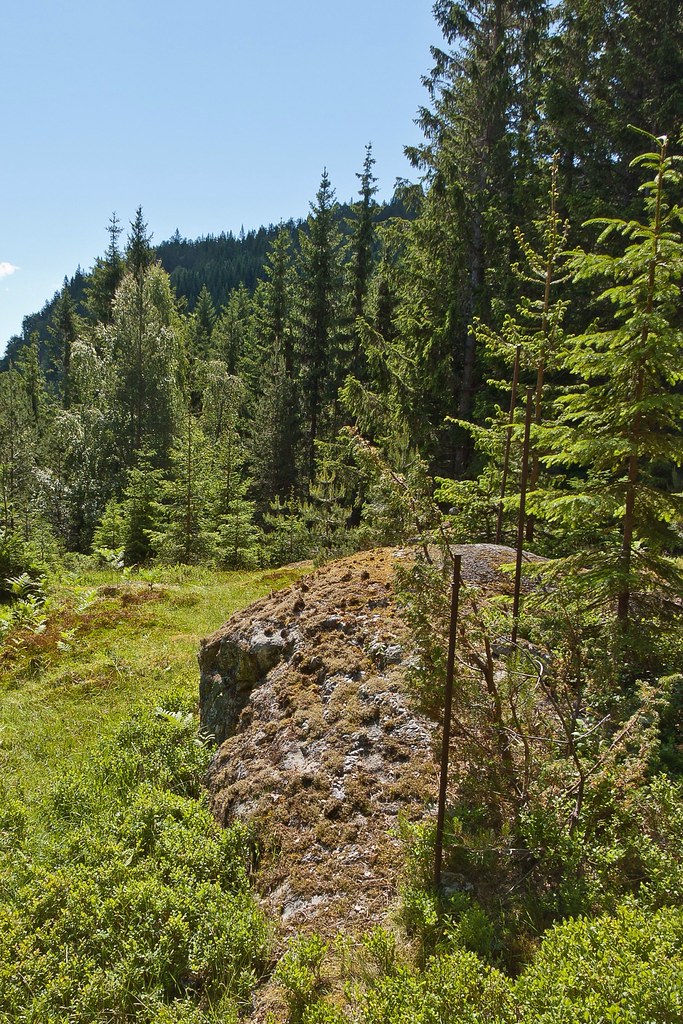
Above: Getting lost up a mountain.
I eventually made it to the lake, which was a little anticlimactic but still pretty. The ground around the water was very boggy so it was tricky finding a safe place to take a photo from.
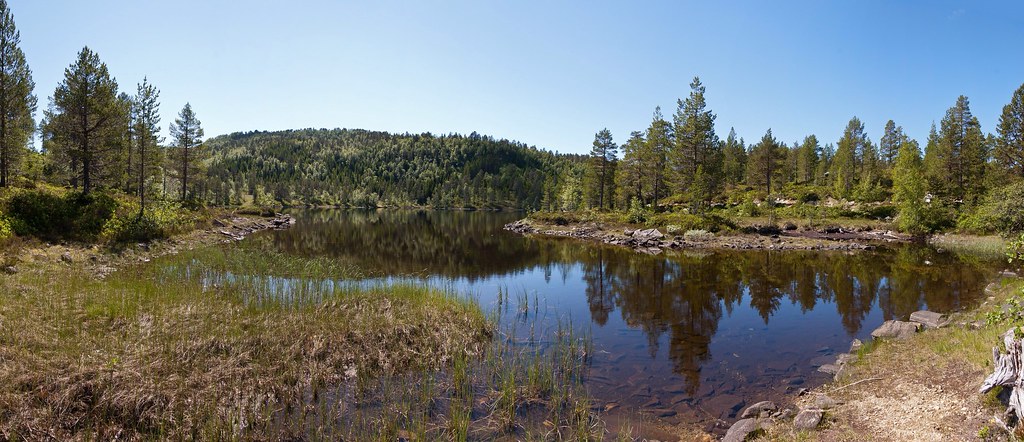
Above: Frystetjørn Lake, an 8 km round trip from the village centre.
Hiking back down from the lake, I got another good view of Ulvik and its surroundings (if you look carefully, you can just make out the Ryndam through the trees).

Above: Ulvik from above.
Thanks for reading and stay tuned for more blog posts soon.

